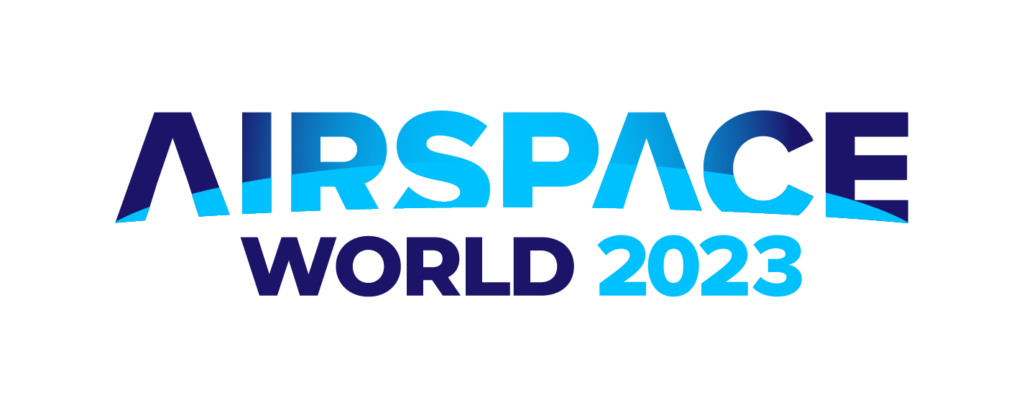The new Airspace World in Geneva will be the largest event in the field of air navigation and air traffic control. From 8 to 10 March 2023, it will combine a major exhibition with a conference. Several thousand visitors from all over the world will take advantage of this annual opportunity to find out about the latest trends and developments in the field.
On 9 March, 11:00–12:00 Sebastian Schier-Morgenthal (DLR) and Hartmut Helmke (DLR) will give two presentations in the SESAR Theatre as part of the SESAR 2020 Showcase.

Speech Recognition: Reducing ATCo’s clicking time by factor of 30!
Sebastian Schier-Morgenthal (DLR)
Air traffic controllers (ATCos) from Austro Control together with DLR quantified the benefits of automatic speech recognition and understanding (ASRU) on workload and flight safety. Instead of entering all clearances manually (by mouse) into the aircraft radar labels, ATCos are supported by ASRU. The ATCos are only prompted to make corrections, when ASRU provided incorrect output. ASRU support reduces the overall amount of time required for manually inserting clearances from 12,800 seconds down to 405 seconds. In addition, this presentation also considers safety aspects, i.e., how often ATCos support provided an incorrect input into the aircraft radar labels with and without ASRU. The audience can also test ASRU by themselves at the booth of AT-One/DLR.
The following walking tour presents to the audience a replay of radar data from Vienna approach control at the booth of AT-One/DLR. The audience can test the speech recognition and understanding system of DLR and Idiap. Speech to text will transform the speech transmissions into the recognized sequence of words, while the ATCo is still speaking. The words are transformed into ATC concepts, e.g. callsign, command type and command values and displayed in the radar labels of the radar screen. The ATCo can accept or reject the recognized clearances via mouse.
Readback error detection assistant to increase ATM safety and reducing ATCo’s workload
Hartmut Helmke (DLR)
One of the crucial tasks of an air traffic controller (ATCo) is to evaluate pilot readbacks and to react in case of probable misunderstandings. Readback errors, not corrected by the ATCo, can have a dramatic impact on ATM safety. Although they seldom occur, the benefits of even one prevented incident due to automatic readback error detection justify the efforts. The HAAWAII project uses automatic speech recognition and understanding (ASRU) to support the ATCo in this critical task. The HAAWAII project developed ASRU for both air traffic controllers’ and pilots’ transmission. Demo areas were London TMA and the Isavia enroute airspace. 81% of the readback error samples on real-life voice recordings from Isavia’s en-route airspace were detected. These results are based on Word Error Rates of 5% for ATCos and 10% for pilots, respectively.
During the walking tour, the audience can experience the performance of a Readback Error Detection Assistant on ops room recordings at the booth of AT-One/DLR. A replay of radar and voice data from ATCos and pilots recorded in the ops room environment is shown. Life recognitions on word level and on semantic level are shown in real-time. Recognized concepts from ATCo utterances are integrated into the radar labels. In parallel the Readback Error Detection Assistant is running and showing the readback error status of each aircraft also in the radar label.
The audience can test their own performance: Do you also recognize the readback errors or can you at least understand as many words and callsigns as the automatic speech recognition and understanding system implemented in the HAAWAII project?
DLR and NLR at the Airspace World
AT-One partners DLR and NLR invite the aviation community to discuss and experience how independent research and expertise can contribute to ATM innovation and recovery. Visit DLR, NLR and their research exhibits on booth #E19! We look forward to meeting you in Geneva. Learn more…
